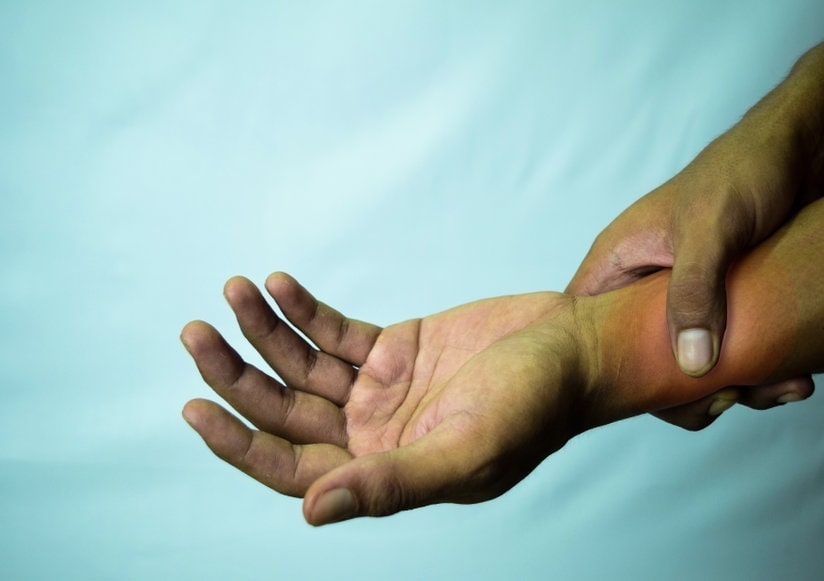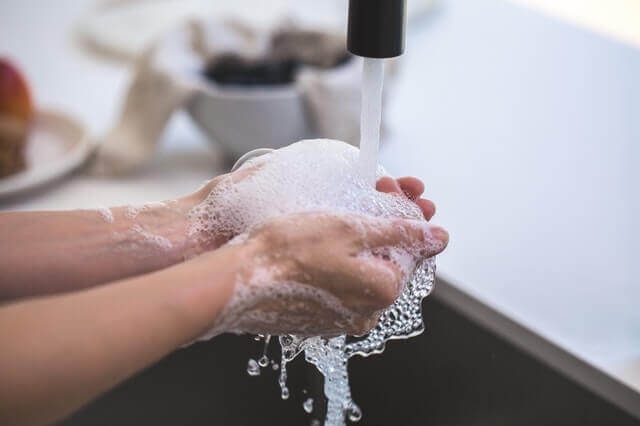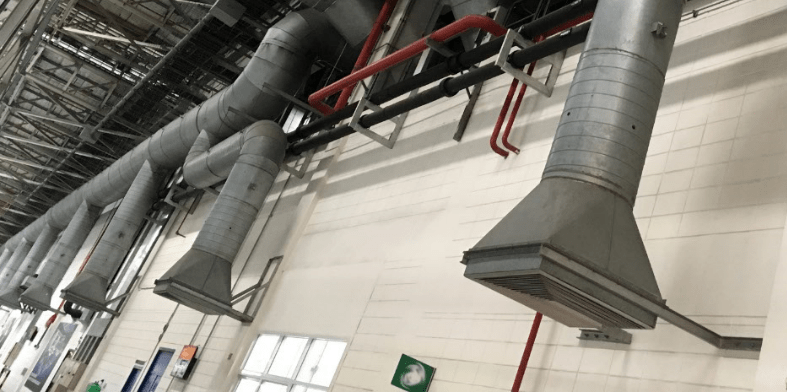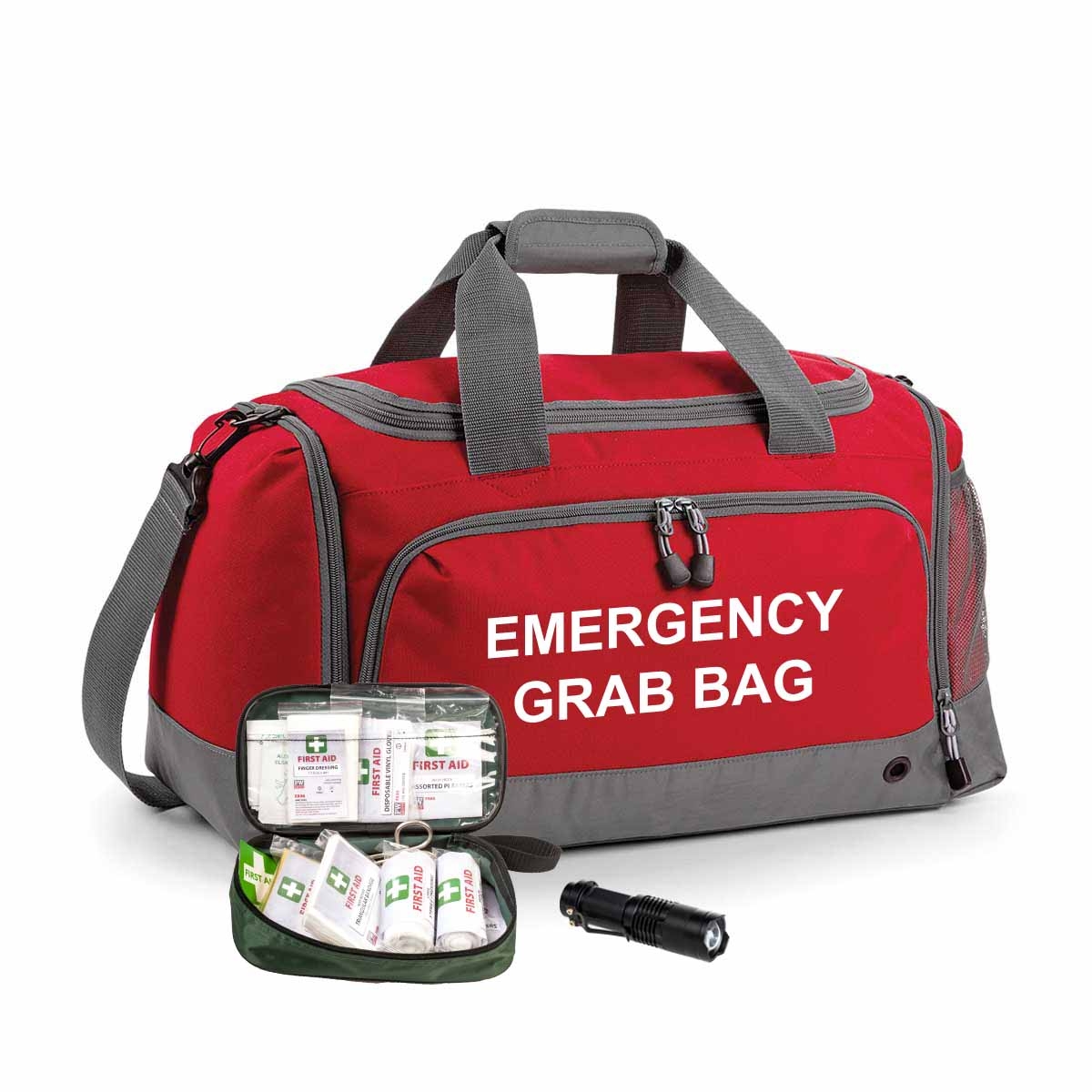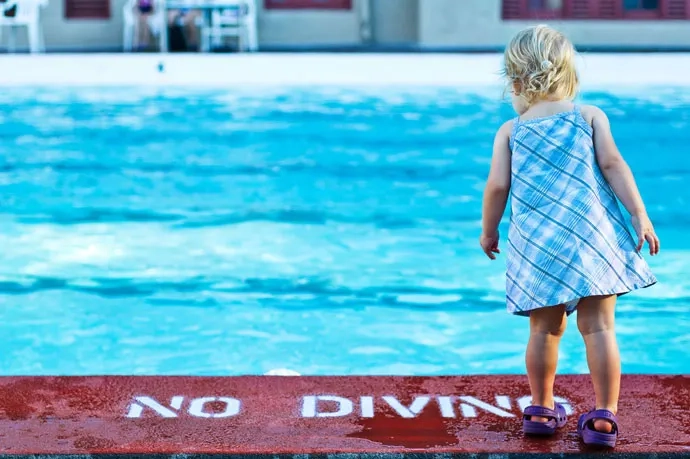 Ensuring your premises has up-to-date Fire Risk Assessments could well be the most crucial step you take when it comes to protecting the people and premises you are responsible for. Many commercial premises have or will continue to make arrangements to return to work after varying periods of lockdown or business disruption. The following advice aims to help ensure workplaces are safe for returning employees and members of the public.
Ensuring your premises has up-to-date Fire Risk Assessments could well be the most crucial step you take when it comes to protecting the people and premises you are responsible for. Many commercial premises have or will continue to make arrangements to return to work after varying periods of lockdown or business disruption. The following advice aims to help ensure workplaces are safe for returning employees and members of the public.
Key Areas to Consider
- Fire Risk Assessments
- Means of Escape
- Fire Safety Systems & Equipment
- Emergency Procedures & Staff Training
- Close contact with an infected person is a significant way COVID-19 is spread so maintaining social distancing, if practicable, during evacuations and fire drills is advisable
- Arson & Deliberate Fire setting
Fire Risk Assessments | 5 Essential Steps
It is important that, as changes are naturally made to control the spread of Covid-19, they are also considered in the context of your premises fire safety risk assessments to help manage and mitigate the risk of fire as much as possible. Significant changes should be identified and recorded.
A quick workplace checklist - consider asking some simple questions:
- 1. Risk Reduction: Have you taken all reasonable measures to reduce the risk of fire? E.g. isolating all non-essential equipment and machinery.
- 2. Fire alarm systems: Is your fire alarm system in a good working order? – ensure it remains tested regularly to ensure this.
- 3. Interim measures: If you have had to implement some interim measures do all your staff know and understand why and what they are?
- 4. New or emerging risk: Has risk changed? Have things been put in place as a response to the situation that have, on reflection, increased fire risk? (e.g. increased oxygen levels through additional ventilation)
- 5. Vulnerable people: Are the most vulnerable receiving support and are Personal Emergency Evacuation Plans (PEEPS) being conducted and reviewed to assess individual needs/ changes in their vulnerability? – who is caring for the vulnerable and can they still maintain it?
Fire Risk Assessments | Evacuation Plan
All staff; residents and visitors must be familiar with the evacuation plan (including all temporary and bank staff). Maintaining minimum staffing levels to undertake the evacuation plan is very important. Where appropriate, PEEPS must continue to be conducted and reviewed. Where it is appropriate and possible to do so, consider how you will maintain social distancing during an evacuation and at your assembly points.
Fire Alarm Actuation & Emergency Procedures
You may wish to consider adopting a version of the following process to reduce disruption, maintain fire safety and minimise the need for external persons (in this case Firefighters) to enter your premises, at a time when you may be ‘shielding’ residents from preventable exposure to potential Covid-19 transmission.
- If the fire alarm activates, commence your normal emergency procedures.
- Suitably trained staff should investigate the source of the alarm seeking to establish if it is a fire or a false alarm.
- If, at any point during the investigation a fire is discovered or there is a smell of burning or smoke that cannot be accounted for, dial 999 and ask for the fire service immediately – stating that an evacuation is in progress.
- If, following the investigation, you are certain that there is no fire, and no suspicion of a fire, then the emergency procedures can be cancelled. Under these circumstances, do not call the fire service.
- The fire alarm system should be re-set by a competent member of staff and the fire alarm logbook updated with a record of the event.
- To prevent any unnecessary disruption, please ensure that any known problems causing false fire alarms are immediately corrected, so that there is a high degree of confidence that fire alarms that do occur are genuine.
Fire Alarm & Essential Fire Safety Systems
Is your fire alarm system in a good working order?
It is important that fire alarm, emergency lighting and other fire safety systems (e.g. smoke control systems and sprinklers, where fitted) are maintained in good working condition at all times through the continuation of your normal testing regimes. If your system/s are due maintenance by a qualified engineer, but you want to limit the number of visitors to your premises at this time, you may decide to delay the attendance of the engineer. If you take this action you must record it as a significant finding in the fire risk assessment and highlight the importance of the regular tests you then undertake to ensure the system/s remain fully functional.
There may still be occasions when engineers / contractors have to attend your premises to maintain essential fire safety systems. You should plan ahead for this eventuality within your Business Continuity arrangements. If you are uncertain whether maintenance schedules can safely be extended for the system/s in your premises you should contact a qualified fire safety system engineer. The following websites may assist:
Fire Doors
Buildings are fitted with self-closing fire doors to prevent smoke and fire from spreading from one compartment to another and to protect escape routes. Emerging intelligence suggests some building users are wedging open self-closing fire doors as a Covid-19 control measure (intended to reduce the need to touch locks and door handles etc). Whilst this is understandable in the context of the coronavirus outbreak, it is essential that this hazard is balanced against the risk of uncontrolled spread of fire and smoke when a fire occurs.
Fire doors should never be wedged in the open position. If a fire door is required to be left in the open position, a suitable device such as an approved Dorguard should be fitted (A Dorgard is a device designed to hold open a fire door safely, automatically releasing upon the sound of fire alarm. It can be used to hold the door in any position between open or closed) Fire and rescue services are strongly advising against the practice of wedging fire doors and ask responsible persons to consider other control measures.
Buildings Being put to Temporary Use
If your building is being used for a different purpose than the one it was originally intended for:
-
-
- Ensure the Fire Risk Assessment is reviewed by a competent person and Fire Safety Guidance appropriate for the new use is consulted and applied.
- Consider if sufficient fire safety provision is in place for the new use e.g. exit provision, fire alarm suitability, staff training.
- If temporary staff and volunteers are using the building ensure they are aware of the emergency procedures.
-
Buildings not in Use
If your building is temporarily closed there are some simple measures to safeguard against both accidental and deliberate fires.
-
-
- Isolate utilities and machinery that are not required – but ensure your security/fire alarms are still operative.
- Close all fire doors.
- Don’t store combustible materials against the building and consider other measures to prevent arson.
- Where possible ask your local community to help keep an eye on your premises.
- Buildings which are remaining open may need to use shared escape routes. Check with neighbours before securing shared escape routes.
-
Very few workplaces remain static. Staff will come and go, premises will change, processes will develop and needs emerge. Plan time each month to do a walkaround, paying attention to any new potential threats to workplace safety. Then update your Fire Risk Assessment with all of this new information, and share with the relevant staff members.
Make Fire Safety a priority. For specific information about Fire Risk Assessments for your business contact our expert Health and Safety team today.


